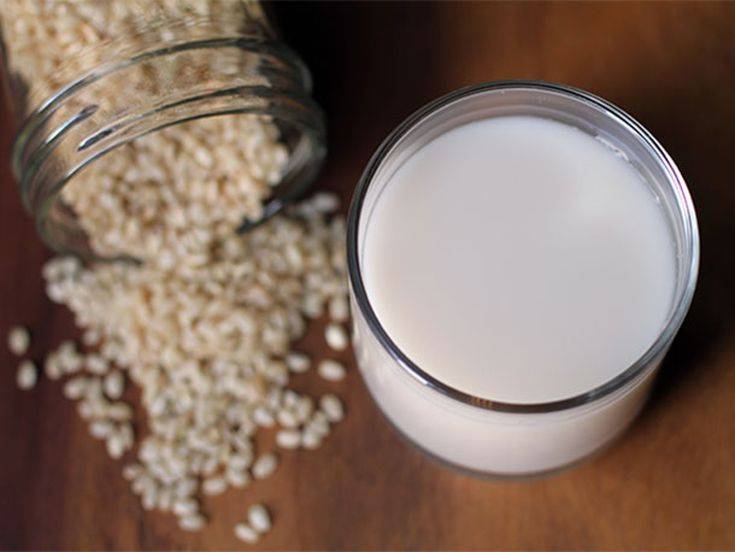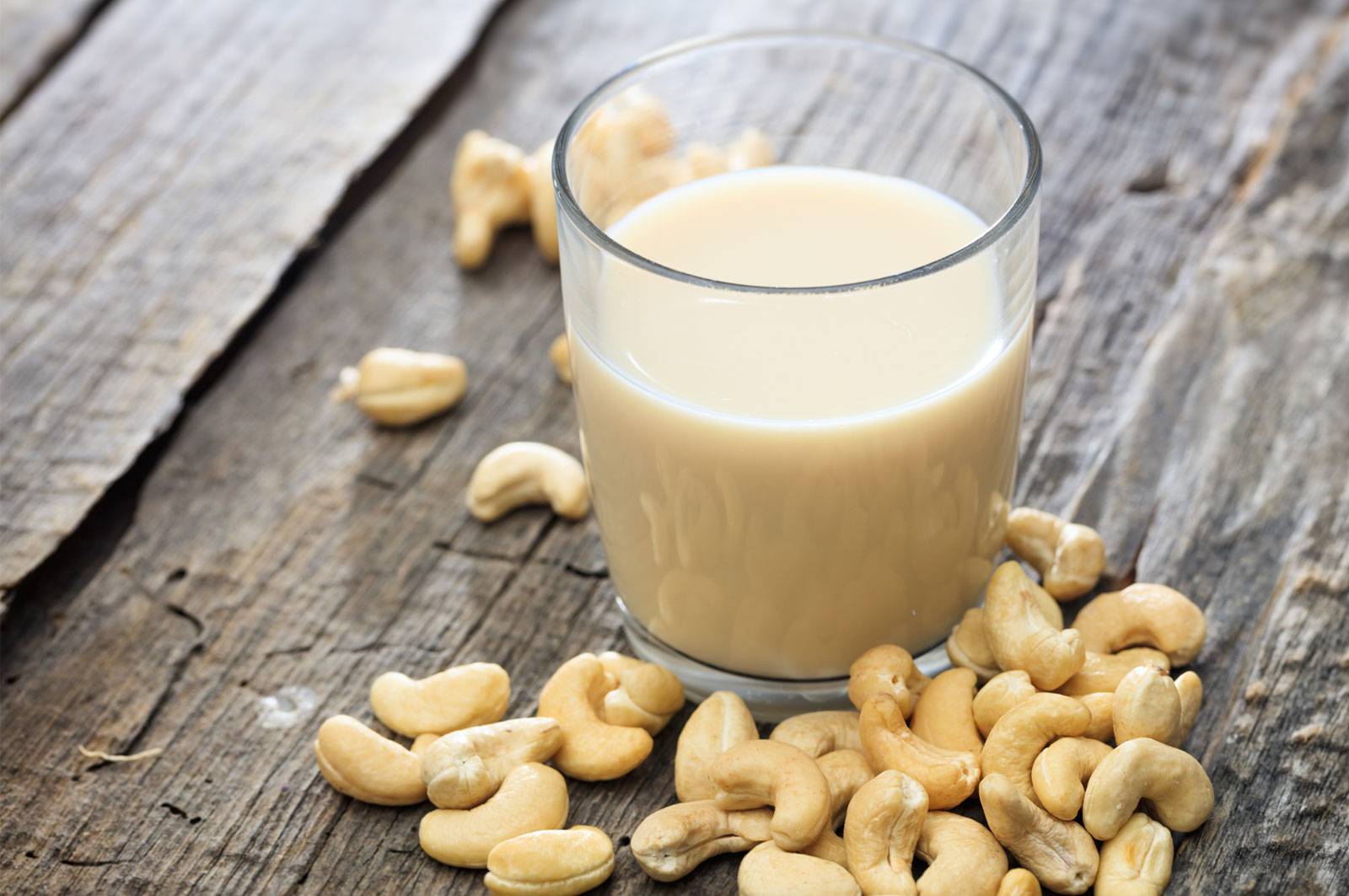Dry Milk Substitute- Choose Your Favorite!
Ran out of dry milk and looking for an excellent dry milk substitute? Many of us prefer to use dry milk or powdered milk. It is made by removing regular milk’s moisture content and then turning it into a powdery form.
Dry milk has low moisture. It is unnecessary to keep it inside the refrigerator and has a longer shelf life than liquid milk. When this milk is mixed with water, it is used in regular liquid dairy in your favorite drinks. You may use dry milk to thicken some food items based on liquids such as thick sauces and soups.
Dry milk is ubiquitous and used in caramel and chocolate candy recipes to prepare thick chocolates. You can always use regular milk instead of dry milk, but it would make the dish too thin. In that case, you will want a dry milk substitute that replaces it excellently. Dry milk is often added to baked food that would otherwise taste not so delicious. It makes creamy food denser, milkier, and silkier.
Additionally, dry milk is produced from cow milk, so it will be allergic to people who are not eating dairy due to intolerance, allergies, or personal reasons.
Here are some fantastic dry milk substitute options for you to figure out which one to choose.
Dry Milk Substitute
Some excellent dry milk substitute option includes:
1. Regular Milk

As you already know, dry milk is made from regular liquid milk; removing the moisture makes sense that you can use common milk packets if you run out of dry milk. When you add water to powdered milk, you will receive liquid milk within no time.
The nutritional profile of a 1/4th cup of dry milk and one whole cup of regular liquid milk is similar. The notable difference between these is only the amount of calories present. Powdered milk is said to have nearly 159 calories, whereas regular liquid milk has as much as 149 calories.
As far as other crucial nutritional content is concerned, dry milk has 22% calcium, whereas liquid milk has only 20%. Such a slight difference makes regular milk the best dry milk substitute.
You may practice using regular milk instead of dry milk in whatever recipe you have that previously has added liquid, such as soup. Still, in recipes that need dry ingredients, liquid milk might make the dish soggy at the end. For great results, replace 1/4 cup of dry milk with only 1 cup of liquid milk, and lessen the amount of fluid in the recipe by 1 cup.
2. Potato Milk Powder

This dry milk substitute is most probably never heard by most people. You might not have known such a substitute existed until now. Potato milk is not only a dairy-free dry milk substitute but is also a soy-free alternative. It is prepared by blending cooked potato along with water and sweetness. This mixture is then left for the water to evaporate, similar to dry milk, until it turns into a powder.
Many users claim that potato milk has numerous health benefits, including an excellent source of many vitamins and calcium. But, it does not have protein. It is a beautiful dry milk substitute for anyone having severe food allergies and can be utilized pretty much in most recipes you prepare at home.
If you like the idea of using this dry milk substitute, you can use it in the ratio of 1:1 instead of dry milk.
3. Non-Dairy liquid milk

Knowing that regular liquid milk is an apparent dry milk substitute, you can also try using other, non-dairy types of liquid milk such as soy, almond, or oat milk as a good alternative.
Non-dairy milk also has a great added advantage over using just regular liquid milk when practicing it as a replacement for dry milk because it could make your dish both lactose-free and vegan.
As with regular liquid milk, it is suggested that one should use only non-dairy liquid milk in dishes that previously had some added liquid inside them. One more important thing to keep in mind while using non-dairy milk is that individually all the types will possess a distinctive flavor. If you practice it for your advantage, the recipes will have a pleasant and nutty extent of flavor.
As far as the quality of using this non-dairy liquid mill as a dry milk substitute, the ratio is the same as we have seen for regular milk. Try using only 1 cup of this milk instead f 1/4 cup of dry milk. Also, cut the liquid content of your recipe by 1 cup to get similar results like dry milk.
4. Coconut Milk Powder

If you are intolerant to lactose or follow a dairy-free or began lifestyle, dry coconut milk is the best dry milk substitute or alternative you should go for. Coconut milk powder is formed from coconut cream or milk by drying it through sprays. One should not confuse this dry milk with desiccated coconut produced by shredding and then drying coconut flesh.
Since this milk powder is a powdered sort of coconut cream or milk, it has a similar texture to dry milk and could be similarly used in different soups, fish, curries, and some meat-based dishes and sauces. Coconut milk is especially highly popular in many South Asian recipes, so coconut milk powder is easily an excellent substitute for dry milk in South Asian Cuisine.
However, coconut powder’s fat content is slightly higher than dry milk, and the baked goods are as high in fat as you expect. Overall, this is a good try milk substitute. You may use this powder in a 1:1 ratio instead of dry milk.
5. Soy Milk Powder

As you already know, dry milk is created by evaporating liquid milk, and soy milk powder is also produced in the same manner by evaporating soy milk. Soy milk is also vegan and lactose-free, and it is also a dairy-free dry milk substitute for everyone who has decided to go vegan.
Soy milk powder has lower calcium content than dry milk, but it has a comparable quantity of protein and is similar in nourishment to compressed-fat milk. A 1/4 cup of soy milk powder comprises 90 calories, 8 grams of protein, 3.5 grams of fat, and estimates for 4% of the daily value of calcium intake.
It is warned that a few people might be allergic to soy milk powder and must use another dry milk substitute. You already know it has low calcium content, which may also lead to stomach issues, such as gas. It would be best to use soy milk powder precisely as you would have used dry milk in any recipe you have made, baking and otherwise.
To replace dry milk with soy powder, practice using a 1:1 ratio in each recipe.
6. Rice Milk Powder

Rice milk is produced using only two elements— water and rice. Rice is immersed in hot water and then mixed and refined. Then, rice milk powder is converted into a powder-like form. Though it could be challenging to spot it at the nearest grocery stores instead of another dry milk substitute, this milk powder makes a great dairy-free option to dry milk for people with lactose intolerance and someone who follows a vegan diet.
Unlike other milk powders, rice milk powder is an excellent alternative for someone with an allergy to soy. Rice milk powder has the same quantity of fiber, vitamin, carbohydrate, and protein content as brown rice has, and it looks pretty much similar to dry milk powder. Still, in opposition to dry milk powder, this dry milk substitute is sweeter and creamier, making it an ideal stand-in for coffees, teas, and baked items.
It is advised to use equal amounts of rice milk powder as a substitute to dry milk.
7. Cashew Milk Powder

You can use nut powders when baking something because they are slightly closer to flour than milk, particularly when it comes to cashew milk powder.
Cashew milk powder has a rich taste, and it proved to be quite magical for preparing savory dishes. Not only that, but this dry milk substitute also has low-fat content compared to other nut powders and has healthy non-saturated fats similar to olive oil.
As for the nutritional profile, cashew milk has 9 grams of fat, 60 calories, and 1.5 grams of protein, and one can use it in both savory and sweet dishes without thinking twice. It will naturally add a nutty taste to all the baked dishes, plus a creaminess to smoothies. You can use it in a 1:1 ratio as a dry milk substitute.
8. Evaporated Milk Powder

While dry milk does not have any liquid, evaporated milk is produced by eliminating only 60% of the fluid content from regular milk. It is the same as condensed milk but notably less syrupy and sweet.
Like dry or powder milk, evaporated milk also has a great shelf life and does not need any refrigeration to be stored. It possesses a flavor comparable to regular milk but is denser in consistency and slightly darker in color. It has a reasonably high number of calories in opposition to dry milk.
One cup of evaporated milk has as much as 338 calories, 17 grams of protein, and 19 grams of fat. Evaporated milk serves best as a substitute for dry milk in all liquid-based dishes where you wish to have a thick and smooth consistency, such as smoothies, coffees, teas, and soups.
Dry milk, as well as evaporated milk, could be used as replacements for each other. 1/2 cup of evaporated milk is comparable to 3 tbsp of dry milk when blended with 3 ounces of water
9. Coffee Creamer

Coffee creamers are usually found in fluid or powder applications produced from sugar, thickeners, and oil. They are also ordinarily dairy-free with no milk trails and pretty thick, with significant quantities of sugar. However, it is best to glance at the ingredient table as that might vary from brand to brand and based upon their flavor.
Opposite to what this name implies, you may use coffee creamers for more reasons and not just a sweetening agent for your coffees and teas. Coffee creamers are available in a range of flavors. Some of our favorites include vanilla and hazelnut and can also be utilized as an outstanding dry milk substitute in many baked goods. But, due to its sweet taste, it is not recommended to be sued in savory recipes. However, if you like the taste, you can add a pinch of it.
For great results, it is suggested that you use equal quantities of powdered coffee creamer as a dry milk substitute.
These were the nine best dry milk substitutes you must try in your following recipes.

